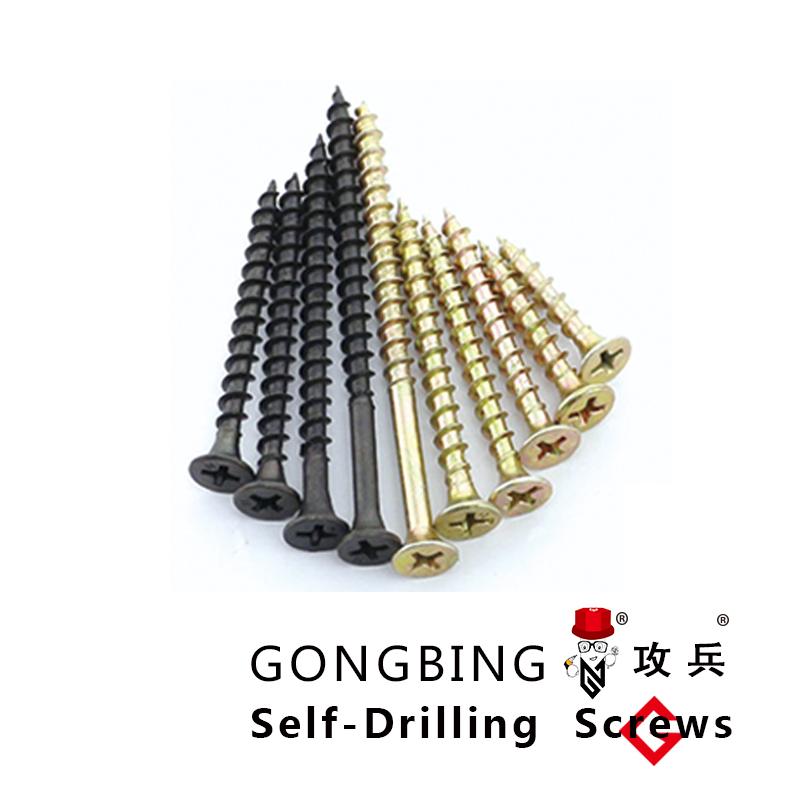bracing of steel structures
Bracing of Steel Structures A Key Design Element for Stability
In the realm of civil and structural engineering, the stability of a building or structure is paramount. One of the most critical components in ensuring this stability is the system of bracing. Bracing in steel structures provides necessary support to resist loads, enhancing the overall strength and rigidity of the structure. This article delves into the significance of bracing, different types, and best practices for its implementation.
The Importance of Bracing
Bracing plays a vital role in maintaining the integrity of steel structures under various loads. Structures are subjected to forces from wind, seismic activity, and other dynamic loads. Without adequate bracing, a structure can experience lateral movement or even catastrophic failure. The primary purpose of bracing is to transfer these lateral forces to the foundation through a combination of tension and compression elements.
Bracing helps to minimize deflection and sway, which can be particularly important in high-rise buildings and structures situated in areas with high wind speeds or seismic activity. By incorporating a robust bracing system, engineers can significantly reduce the risk of structural failure, ensuring safety and longevity.
Types of Bracing Systems
There are several types of bracing systems that engineers can employ, each with its own advantages and applications. The most common types include
1. Diagonal Bracing This type involves placing diagonal members between structural frames. These members can be made from steel rods, pipes, or angles, effectively transferring loads through tension and compression. Diagonal bracing is often seen in X-braces, where two diagonal members cross each other to form an “X” shape. This configuration is effective in reducing lateral movement.
2. K-Bracing In K-bracing systems, members are arranged in a K shape, providing a balance between tension and compression across the structural frame. This type of bracing is advantageous for its aesthetic appeal and reduced material use while still providing adequate support.
3. Butterfly Bracing This innovative system uses a combination of tension elements and compression struts arranged to resemble butterfly wings. It is particularly useful in irregularly shaped structures or areas with tight spaces.
bracing of steel structures

4. Moment Resisting Frames While not traditional bracing, moment-resisting frames allow for lateral stability without diagonal members. They rely on the bending resistance of beams and columns to manage lateral forces, suitable for structures that require open floor plans.
Best Practices in Bracing Design
When designing bracing systems for steel structures, engineers must adhere to a series of best practices to ensure effectiveness and safety
- Load Assessment A comprehensive understanding of the loads the structure will face is crucial. This involves considering wind loads, seismic activity, and other environmental factors when selecting the type of bracing system.
- Material Selection Choosing appropriate materials that can withstand the applied loads and environmental conditions is fundamental. High-strength steel is often preferred for its strength-to-weight ratio.
- Connection Design Ensuring that connections between bracing members and the frame are designed to handle the forces transferred through them is essential. Proper detailing and robust connection methods help prevent failure at what can be critical points.
- Regular Inspection and Maintenance After installation, regular inspections should be conducted to check for signs of wear, corrosion, or any other damage that may compromise the integrity of the bracing system.
Conclusion
The bracing of steel structures is a critical aspect of structural engineering that directly impacts the safety and stability of buildings. By understanding the types of bracing systems and adhering to best practices in design and execution, engineers can ensure the durability and functionality of steel structures. As our cities evolve and face increasing demands for safety and resilience, the role of effective bracing systems will undoubtedly remain a cornerstone of modern architecture and engineering, leading to safer, more reliable structures for the future.
-
Weatherproof Plastic Expansion Anchors for OutdoorВестиJun.06,2025
-
Sustainability in the Supply Chain: Eco-Friendly TEK Screws ProductionВестиJun.06,2025
-
Load-Bearing Capacity of External Insulation FixingsВестиJun.06,2025
-
Double Head Bolts: Enhancing Efficiency in Industrial MachineryВестиJun.06,2025
-
Corrosion Resistance in Chipboard Screws: Coatings for Wholesale DurabilityВестиJun.06,2025
-
Butterfly Toggle Bolts : Enhancing Structural ResilienceВестиJun.06,2025
